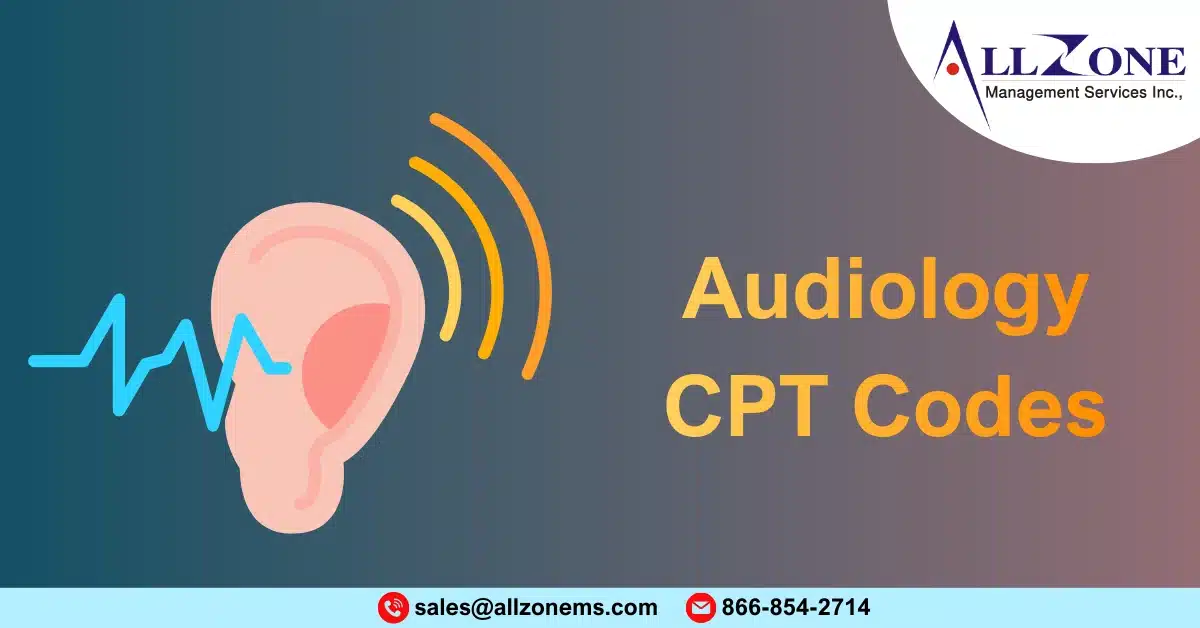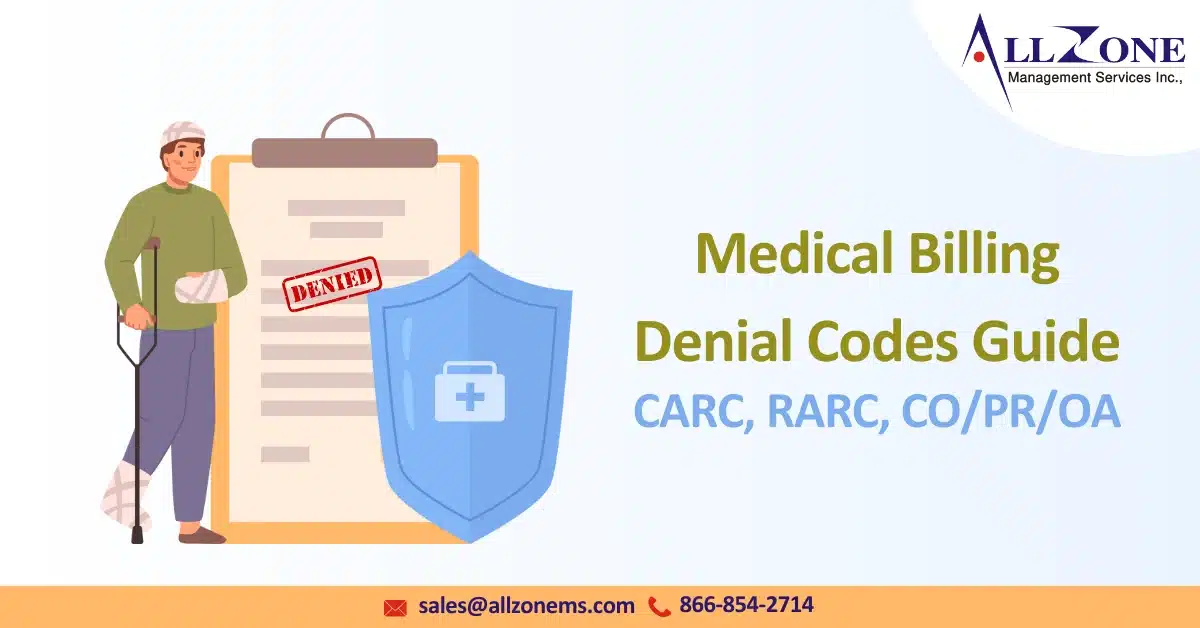In the fast-evolving healthcare landscape, audiology professionals face increasing pressure to ensure accurate coding and billing to maintain smooth operations and optimize reimbursements. For audiologists, hearing specialists, and billing teams alike, understanding Audiology CPT codes is crucial. At Allzone, we know that the foundation of efficient audiology practice management lies in mastering the correct CPT […]
Anemia is one of the most frequently diagnosed conditions across primary care, specialty practices, and hospital settings. Accurate diagnosis and documentation are critical—not only for patient care but also for compliant medical coding and proper reimbursement. The ICD-10-CM D50–D53 cover various types of nutritional and deficiency-related anemias, making them essential for healthcare providers, coders, and […]
Accurate medical billing is essential for timely reimbursement, especially when working with government healthcare programs. One commonly used but often misunderstood form is the VA 10-7959a medical billing claim form. Designed for healthcare providers submitting claims to the U.S. Department of Veterans Affairs (VA), this form plays a critical role in ensuring veterans’ medical services […]
Introduction Anesthesia services play a critical role in surgical and diagnostic procedures, ensuring patient comfort, safety, and procedural success. From a medical billing and coding perspective, anesthesia is one of the most specialized and complex areas due to its time-based reporting, modifier usage, and payer-specific rules. Understanding CPT codes used in anesthesia is essential for […]
Immune mechanism disorders are a set of conditions that are hard to understand. They happen when the body’s immune system doesn’t work properly. These diseases can lead to serious infections, autoimmune reactions, and issues that impact multiple organs. To make sure patients get the right amount of money, follow the rules, and have better health […]
In the complex world of medical billing, accuracy is everything. Even a small mistake in the claim submission process can trigger denials, delay payments, and impact your cash flow. One of the most common denial codes seen across healthcare providers is CO-125 — Submission/Billing Error. This denial occurs when the payer identifies mistakes such as […]
Hypothyroidism is one of the most common endocrine disorders affecting millions of individuals worldwide. From clinical presentation to diagnosis and long-term management, accurate documentation and coding are essential for proper reimbursement and continuity of care. The ICD-10-CM code E03 series captures different forms of hypothyroidism—allowing healthcare providers, coders, and billers to ensure compliant, error-free claim […]
Skin grafting and surgical wound preparation are complex clinical procedures that require precise documentation and accurate coding to ensure correct reimbursement. CPT codes 15011–15018 are specifically designed to report surgical preparation or creation of recipient sites for skin grafts, flaps, or other reconstructive procedures. These codes often cause confusion for medical coders and billers due […]
Claim denials are more than an administrative headache — they’re lost revenue, wasted staff time, and sometimes broken patient relationships. Understanding medical billing denial codes (CARC, RARC, CO/PR/OA) is the first step to reducing denials and improving your practice’s financial health. This guide walks you through the most common denial codes, why they happen, how […]
Orthotic and prosthetic (O&P) services play a crucial role in improving patients’ mobility, supporting musculoskeletal alignment, and restoring physical function after trauma, surgery, or chronic conditions. To ensure accurate reimbursement for these medical devices, healthcare providers rely on the HCPCS Level II L Codes, which specifically describe orthotic and prosthetic procedures, supplies, and related components. […]










